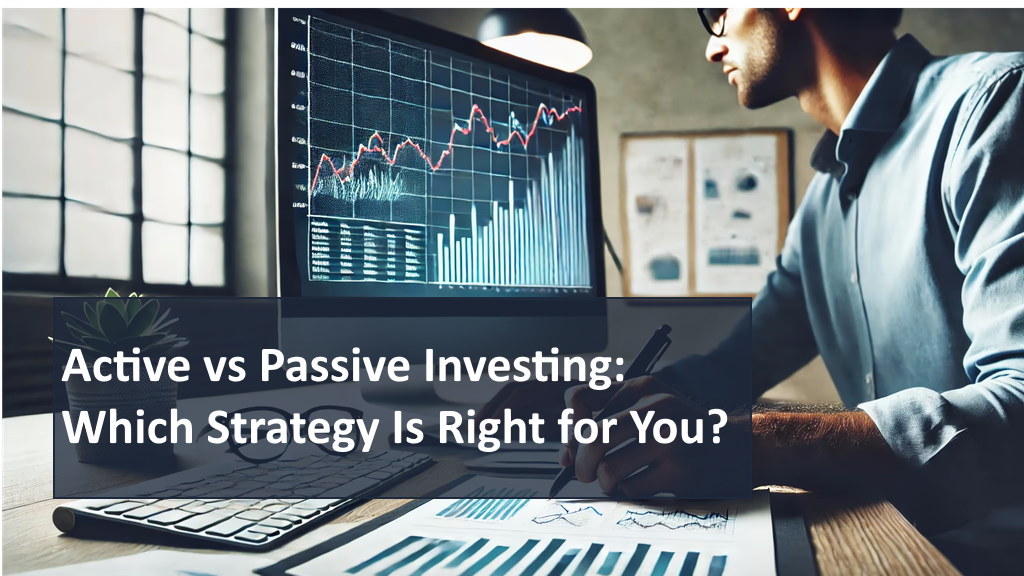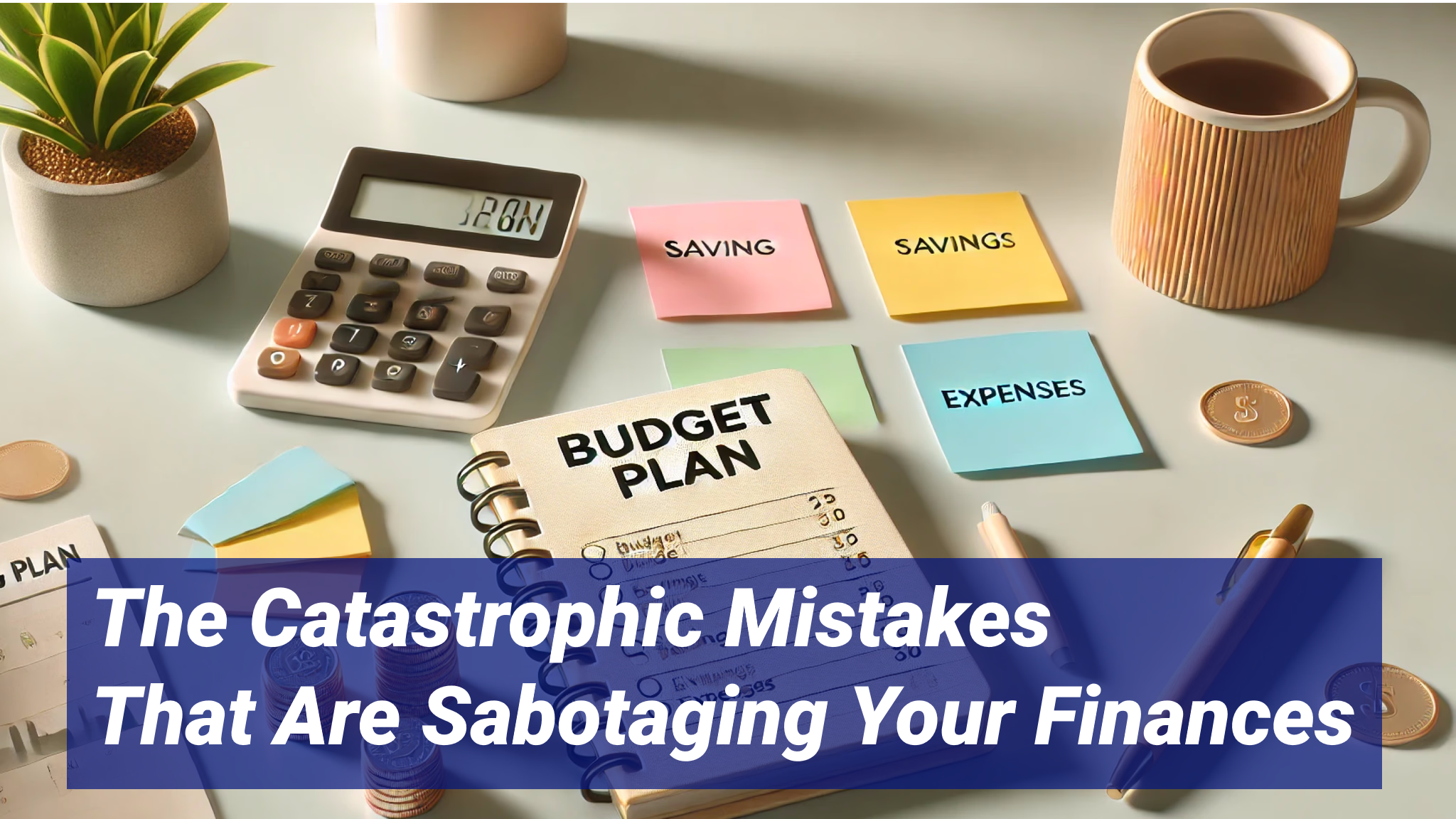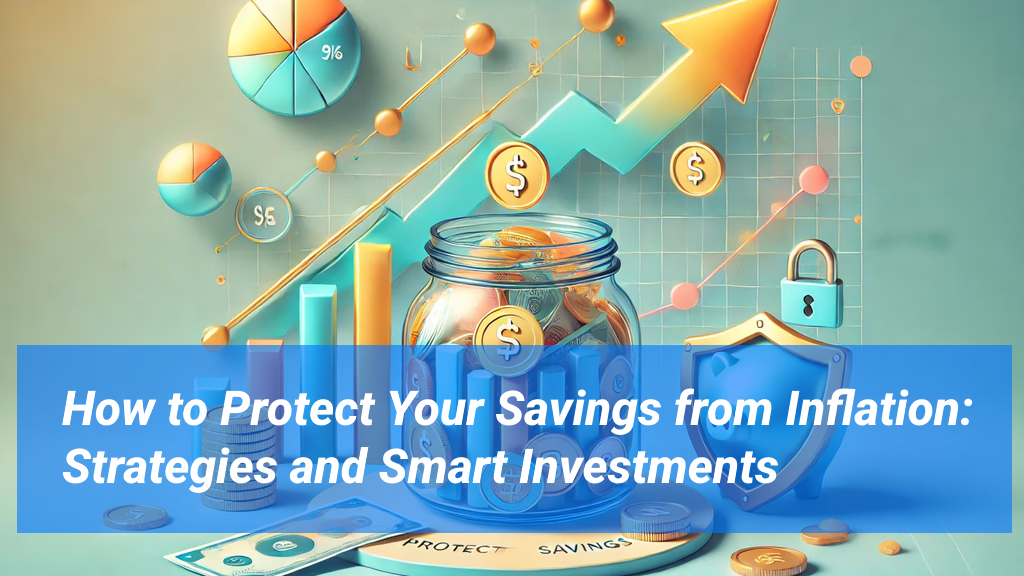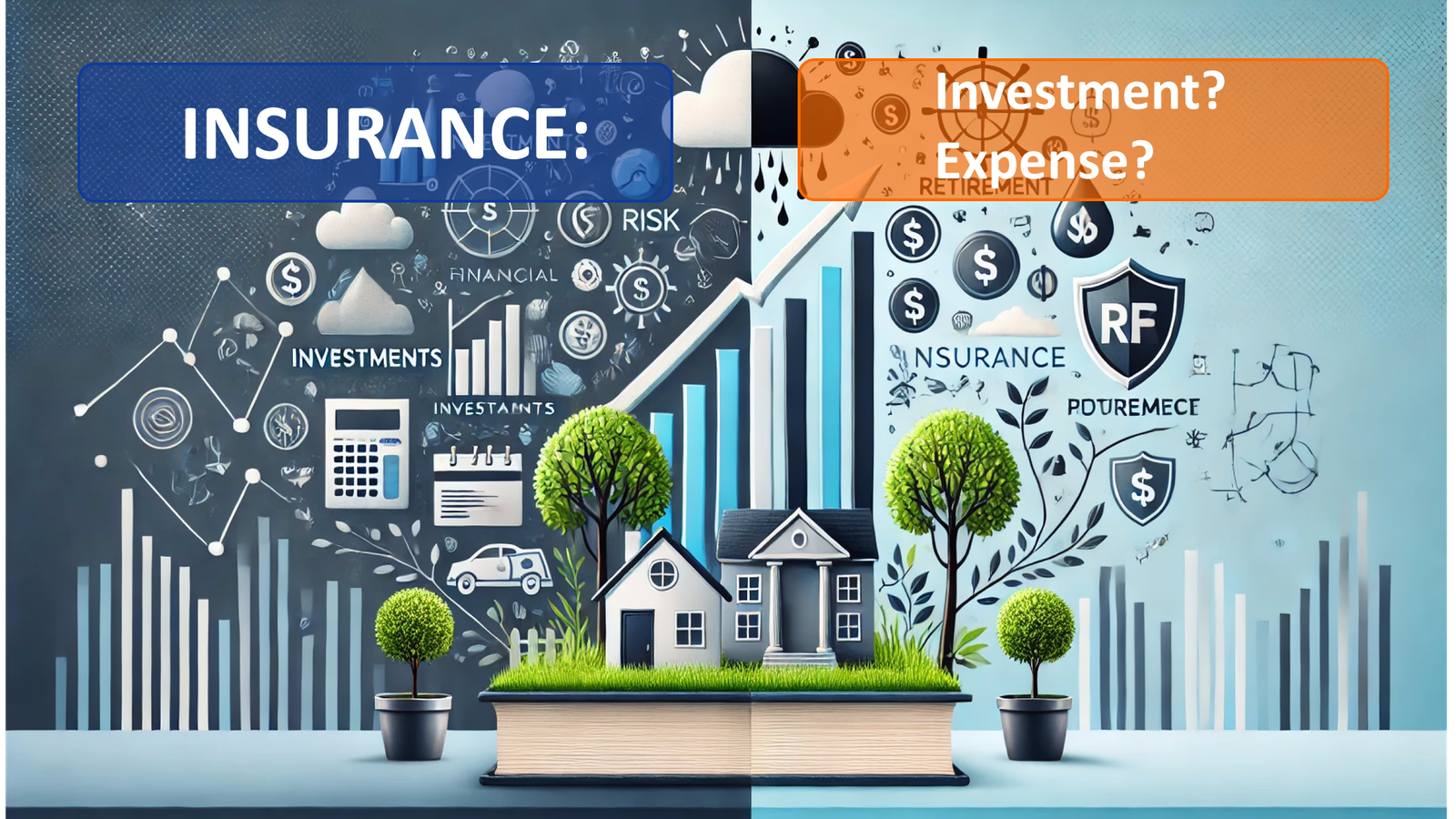Introduction
Active and passive management are two very different investment strategies, each with its own advantages and disadvantages.
Active management involves constant intervention by a professional fund manager who selects securities in an attempt to outperform the market.
Passive management, on the other hand, aims to replicate a market index, thereby reducing costs and simplifying the investment process.
In this article, we’ll examine the key features of both strategies to help you determine which might be the best fit for your financial goals.
Here’s what we’ll cover:
- What actively managed funds are
- What passively managed funds are
- Active vs. passive funds: which is better?
- Why simply knowing which funds to invest in isn’t enough to become a successful investor
What actively managed funds are
Actively managed mutual funds are financial products offered by Asset Management Companies (AMCs), designed to provide investors with professional management of their capital.
When you invest in a mutual fund, your money doesn’t remain with the bank or the AMC that sold you the fund; instead, it is used to purchase the stocks and bonds that make up the fund’s portfolio.
Investing in actively managed funds means entrusting your money to a fund manager, whose job is to build and manage an investment portfolio with the goal of outperforming the market or a specific benchmark.
A benchmark is a point of reference.
Think of it like participating in a race: your goal is to run faster than a predetermined time.
Imagine you want to invest in the world’s largest economy—the United States—and you choose an actively managed fund with the goal of outperforming the market itself.
In this case, the S&P 500, which includes the 500 largest companies in the U.S., will serve as your benchmark.
These types of funds aim to outperform a reference benchmark, such as a market index, through selective stock picking.
The objective is to generate returns above the market average by leveraging financial analysis, economic forecasts, and various investment strategies.
However, keep in mind that this kind of work doesn’t come for free.
That’s not necessarily a bad thing—after all, no one works for free—but it’s crucial to understand how much you’re paying for this management.
That way, you can assess whether the service provided is worth the fee you’re being charged.
Investment Funds and Fees
The typical fees associated with an investment fund include:
Entry or Subscription Fees: These are paid to the asset management company (SGR) at the time of purchasing the fund.
Example: If you invest €100,000 in a fund with a 2% entry fee (€2,000), your actual initial investment will be €98,000.
Management Fees or Ongoing Charges: These are annual fees charged by the SGR for managing the fund. It’s important to emphasize that these are yearly charges, so they represent a recurring cost.
Example: If you have €100,000 invested in a fund with a 3% management fee, €3,000 will be deducted each year.
Performance Fees: These are applied if, over a certain period, the fund outperforms its stated benchmark.

What exactly are you paying so handsomely for?
You’re paying for the management of your money.
Active management requires constant intervention by the fund manager, who must continuously monitor the market and adjust the portfolio based on new information and changing economic conditions.
This involves extensive research and analysis, as well as the need to make quick, informed decisions.
For this reason, actively managed funds tend to have higher management fees compared to passive funds.
Annual management fees can range from 1.50% to 4%, eating into a significant portion of an investor’s returns.
Despite the potential for higher returns, actively managed funds also carry greater risks.
The manager’s decisions don’t always pay off, and a single misjudgment can have a substantial impact on the fund’s performance.
Additionally, unpredictable external factors—such as economic crises or geopolitical events—can undermine even the most well-thought-out strategies.
Another critical aspect is the potential conflict of interest: fund managers and financial advisors may be incentivized to promote certain funds for reasons that don’t always align with the investor’s best interests.
To better understand these risks, it’s helpful to compare active management with passive management.
But first, let’s take a closer look at what passive funds are.
What passively managed funds ar
Passive funds, such as ETFs, are designed to replicate the performance of a specific market index—like the S&P 500 for the U.S. stock market, the FTSE MIB for the Italian market, or the MSCI World for global equities.
Unlike actively managed funds, an ETF holds a basket of securities that exactly matches the composition of its reference index.
This allows the ETF to deliver the same return as the broader market.
For example, an ETF that tracks the global stock index will hold the same stocks as the index and therefore mirror its performance.
ETFs don’t aim to outperform the market—they simply seek to replicate its performance.
Here’s a practical example: suppose you want to invest in the U.S. stock market but have no idea where to start.
Instead of spending hours researching which individual stocks to buy or trying to identify the best-performing mutual fund managers, you decide to invest directly in a stock ETF that tracks the S&P 500 index.
ETFs offer two key benefits similar to those of actively managed funds:
Diversification: By purchasing a share of the fund, you’re investing in all 500 companies that make up the index.
Asset segregation: Your investments are not held by the Asset Management Company (SGR) itself, but are directly allocated to the companies within the index. This ensures that your capital is legally separate from the entity managing the ETF.
Beyond that, ETFs offer several additional advantages:
Liquidity: ETFs can be bought and sold like regular stocks throughout market hours, allowing for real-time trading. To make full use of this feature, it’s important to choose ETFs with sufficient trading volume.
Transparency: You can always check which securities are included in the ETF by consulting the fund’s prospectus, the KID (Key Information Document), or specialized websites like JustETF or Morningstar.
Very low costs: An ETF may have expenses up to 20 times lower than an equivalent mutual fund (0.1% versus 2%).
Now that you understand what passive funds are, the next step is to determine what’s best for you as an investor.
Active vs. passive funds: which is better?
There’s no definitive answer to this question.
However, it’s important to consider that actively managed funds generally fail to consistently and significantly outperform the market over the long term—this is why ETFs are often the preferred option.
Theoretically, entrusting your investments to an experienced fund manager might seem like a logical choice.
However, data shows that the high fees associated with active management, combined with many managers’ inability to accurately predict market movements, make this strategy less effective than passive management.
ETFs, with their low costs and ability to closely track the performance of an index, offer a more efficient solution for most investors.
The simplest example to understand this point is the American S&P 500 index, which consists of the 500 leading U.S. companies.
What’s the point?
An active fund manager will never be consistently able to predict and identify the companies that will enter the S&P 500.
An ETF, on the other hand, automatically replicates the index.
When a new company is added to the S&P 500, the ETF immediately includes it in its portfolio, while removing those that no longer meet the index’s criteria.
Conversely, an active manager must make predictions and manually decide which stocks to buy or sell.
This process is prone to errors, delays, and personal biases, making it less likely to keep up with real-time market changes.
Let’s look at the data.
According to the SPIVA report—one of the most authoritative publications on the subject—the majority of actively managed funds fail to outperform their respective benchmarks.

Let’s take the main market—namely, the U.S.—as an example.
Over a 10-year time frame, the percentage of actively managed funds that manage to outperform their benchmark is around 5%.
The numbers are slightly better in Europe and Italy, but the odds are still stacked against fund managers.
On a global scale, the percentage of funds that beat the benchmark is even smaller—just 2.15%.
On average, actively managed funds do not consistently outperform the market.
Even when they do (as mentioned earlier, there are honest and capable active funds), by the time the manager becomes well-known, you’d need to go back 10 years to entrust your money to them—but unfortunately, time machines don’t exist.
Why simply knowing which funds to invest in isn’t enough to become a successful investor
Although the choice between active and passive management is crucial, it’s not enough on its own to guarantee investment success.
The narrative that’s become popular on YouTube, TikTok, and across social media goes something like this: since active funds don’t beat the market, just buy ETFs and you’re set for life.
It doesn’t work like that.
Yes, it’s true that active funds tend to underperform the market over the long term.
But no, that doesn’t mean that buying just any ETF is the right approach for you.
The reality is more nuanced than that.
The truly important decisions—how much to invest, when to do it, why, and in what way—are often not made by you, but are influenced by others, either based on their own interests or on their market outlooks.
For example, when you choose to invest in an ETF tracking the S&P 500, you’re also choosing not to invest in other asset classes—like European, Japanese, or emerging market equities, government or high-yield bonds, commodities, and so on.
Is investing in an S&P 500 ETF enough?
Well, that depends…
- If you’re an entrepreneur, a doctor, an executive, a lawyer, or you’ve already built up some savings, then a single ETF is probably not enough.
- But if you’re a recent graduate who just signed their first employment contract and has enough in the bank to buy a round of drinks to celebrate—then we can talk. In that case, starting out with a single, well-diversified ETF (and probably not even the S&P 500) could be a perfectly reasonable choice.
The point is: buying the first ETF you come across won’t magically solve your financial challenges.
If you’re not insured, if you don’t have an emergency fund, if you haven’t defined your long-term financial goals—then buying ETFs just because someone on TikTok said so won’t do much for you.
The truth is, ETFs are simply investment tools.
Their value depends entirely on what kind of investor you are, what stage of life you’re in, and what financial goals you’re trying to achieve.
They can be helpful or unhelpful, effective or inadequate—depending on your specific needs and circumstances.
That’s where building a proper investment portfolio begins.
Investing is not just about fund selection—it’s about risk management, tax planning, goal setting, and emotional discipline.
If you appreciate this kind of content and don’t want to miss any articles or tips, make sure to add Puzoy.com to your list of favorite websites and visit it regularly.
READ MORE –






